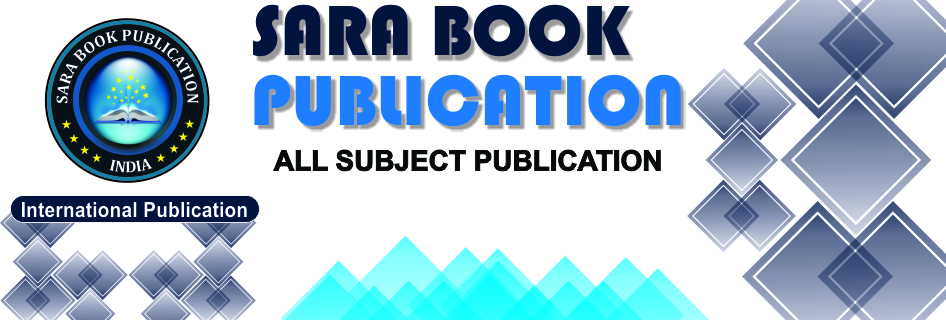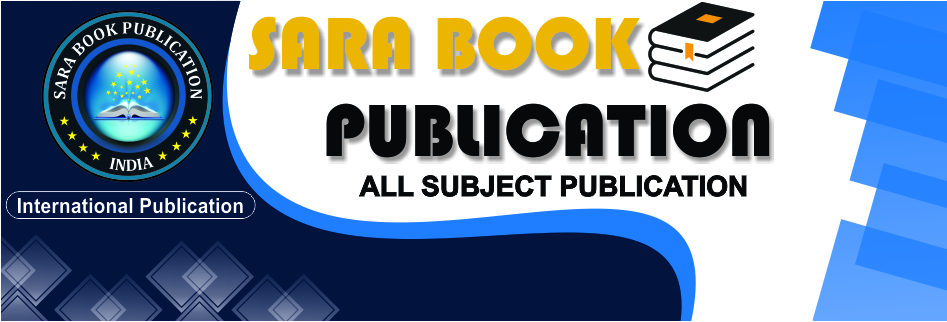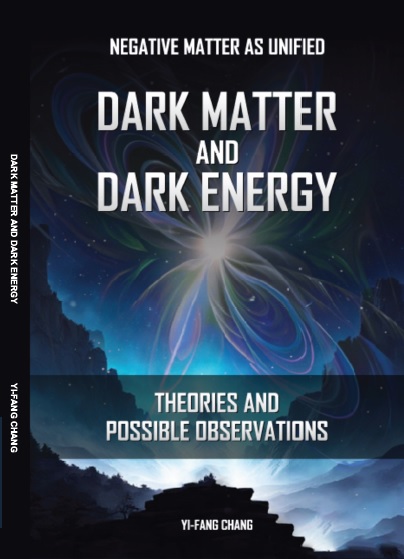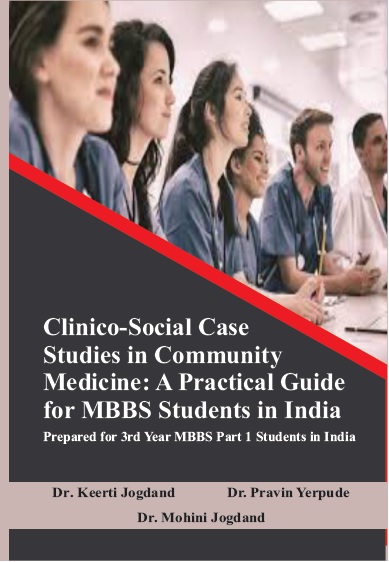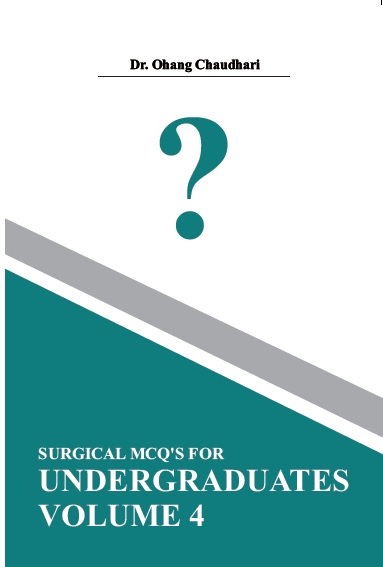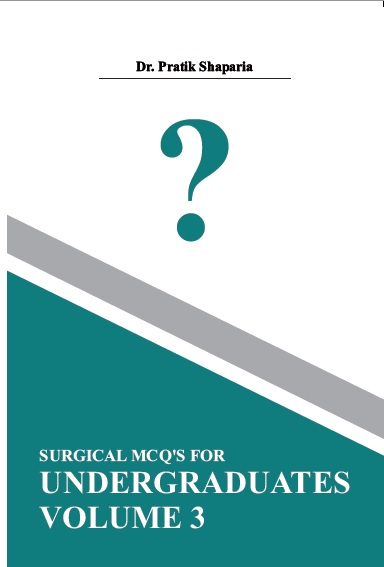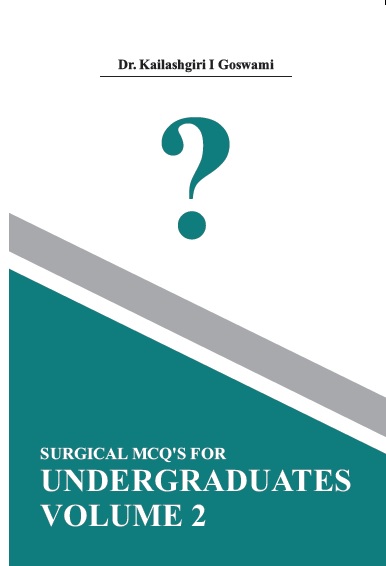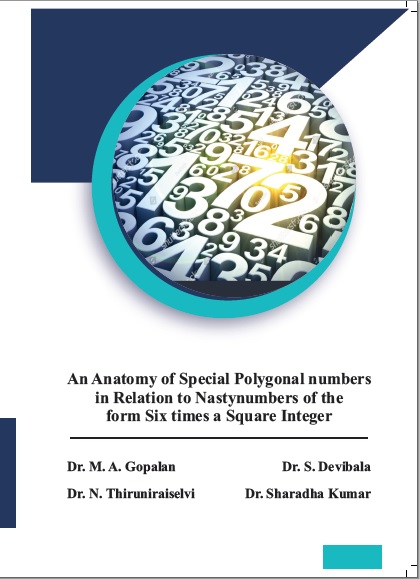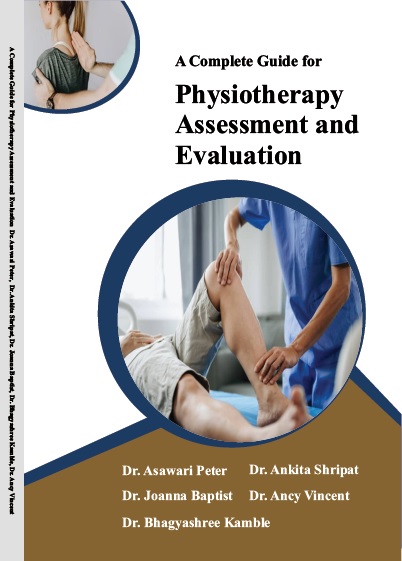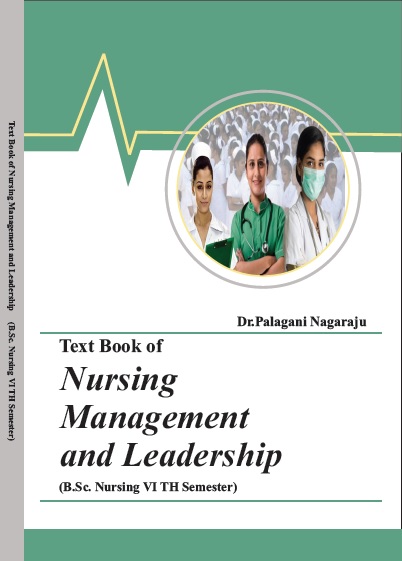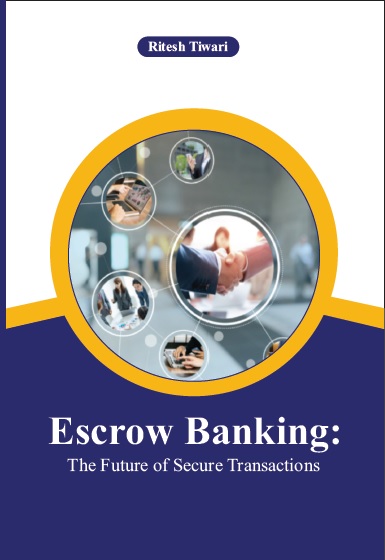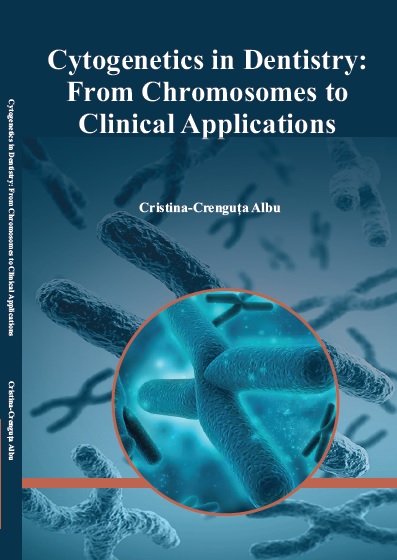SCIENCES AND ENGINEERING
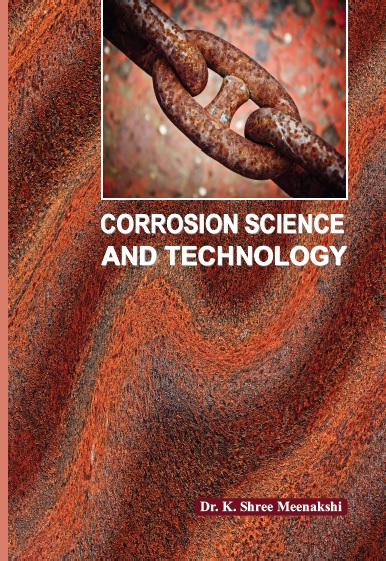
Corrosion Science And Technology
by Dr. K. Shree Meenakshi
ISBN Number : 978 - 93 - 91478 - 47 - 6
Authors Details
| Author Name | Image | About Author |
|---|---|---|
| Dr. K. Shree Meenakshi |  |
Dr. K. SHREE MEENAKSHI was born in the Madurai District of Tamil Nadu. She received
her Bachelor's Degree in Chemistry with First Class from Madras University, Tamil Nadu.
She obtained her Master's degree in Applied Chemistry with First Class and Master of
Philosophy in Chemistry with First Class-Distinction from Anna University, Chennai,
Tamil Nadu. She has also received her doctorate from Anna University, Chennai by doing
extensive research in the eld of polymer nanocomposites and studying their suitability for
high performance aerospace and advanced engineering applications.
She has worked as a JRF (Junior Research Fellow) in DST (Department of Science and
Technology) project and she has received SRF (Senior Research Fellowship) from CSIR for
her contributions to advanced research. She has successfully completed several projects in
National Metallurgical Laboratory (NML), CSIR Complex, Taramani, Chennai. She has
presented her work in several national & international conferences and published her
research work in several reputed international journal of high impact factors. She writes
books with passion for the benet of students and the research community. |
Book Description
Corrosion permeates every aspect of our society. It is a natural phenomenon affecting all materials in structures important to our economic and national security and to our well-being as a whole. Each component of the public infrastructure (for example, highways, airports, water supply, waste treatment, energy supply, and power generation) is part of a complex system requiring signicant investment. Within that infrastructure, in both the private and public sectors, corrosion affects nearly every type of material and structure used. Corrosion, therefore, affects us in everyday life-in the manufacturing of products, the transportation of people and goods, the provision of energy, the protection of our health and safety, and the defence of the nation. The costs associated with corrosion, although largely hidden, are borne by every consumer, user, and producer. The direct economic costs are enormous, estimated to be 3.1% of the U.S. gross domestic product (GDP). The high costs arising from corrosion are not unique to American society, as many other developed countries throughout the world have similar burdens to maintain their infrastructure. In addition to capital expenditures, corrosion has many indirect costs that include factors such as lost productivity due to outages, delays, failures, and litigation; and taxes and overhead on the cost of the corrosion portion of goods and services. In addition to the direct and indirect costs, there are long-term effects of corrosion on safety, health, and the environment that are not readily quantiable. Also, difcult to quantify are missed-opportunity costs such as loss of readiness; that is, the nation's ability to respond to military, national security, and emergency situations. Whatever the real cost and lost opportunities are, corrosion severely impacts everyone's daily life, as well as the economic health and security of the nation. Corrosion may be inevitable; however, there are ways to retard its kinetics and greatly reduce the economic burden on society. This book discusses the effective ways in which corrosion can be prevented. My sincere thanks to my mentors in Loyola College, Anna University, National Metallurgical Laboratory (NML) and National Aerospace Laboratory (NAL), CSIR for their constant encouragement in my research work.



